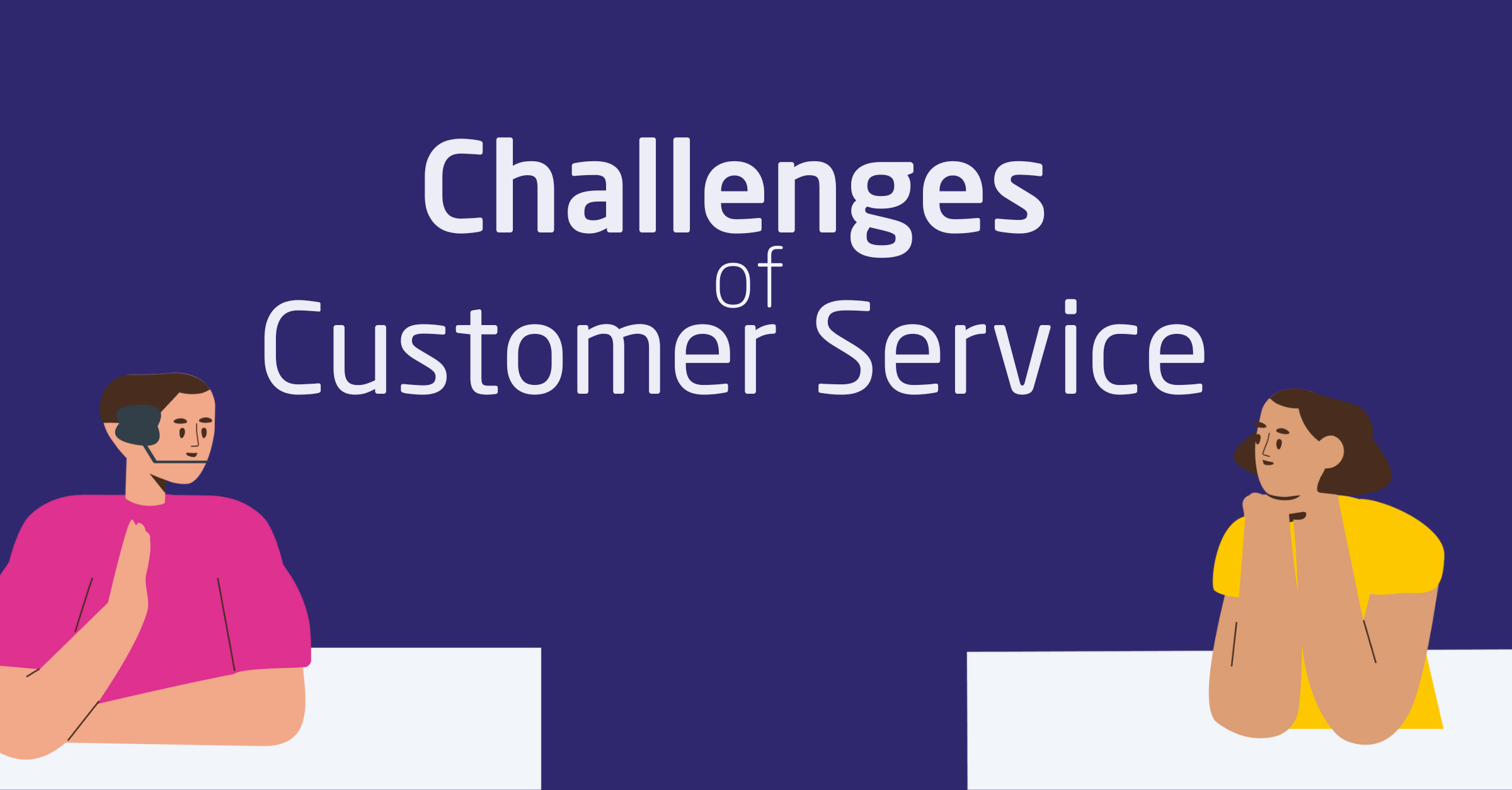Is improving AHT (Average Handling Time) a challenge for your business? If not, think again. Customer service is an essential aspect of any business that deals with customers. Improving AHT can help your business create a better experience for your customers.
Customer service can be a source of frustration for customers. Especially, when it is not done correctly when it comes to calling for support over the phone.
Long wait times, complex menu systems, and misrouted calls. These are just some of the issues that customers face when trying to contact customer service.
In this blog post, we will discuss how Teneo Conversational IVR, a conversational IVR solution, can address these issues. Furthermore, we’ll discuss how improving AHT (Average Handling Time) can boost your customers’ experience.
Conversational IVR and AHT
Teneo Conversational IVR is designed to reduce customer frustration by connecting them quickly to the right live agent. By deploying Teneo, businesses can reduce call misrouting by 90% compared to traditional keypad navigation.
This solution is built on millions of positive customer interactions and can be deployed in just 60 days. Additionally, businesses can save an average of 8% of minutes spent on the phone by implementing Teneo Conversational IVR.
While Teneo Conversational IVR can significantly improve the customer experience, there are other strategies that businesses can employ to further improve the efficiency of their customer service interactions. One key metric to focus on is AHT.
Streamlining processes is an essential step in improving AHT. By identifying and eliminating unnecessary steps in the customer service process, such as repetitive questions or information gathering, businesses can reduce the amount of time spent on each call. This saves time and improves the overall customer experience.
Providing self-service options, such as online portals or mobile apps, is another way to improve AHT. By allowing customers to handle simple tasks on their own, businesses can reduce call volume and free up customer service representatives to handle more complex interactions.
Implementing conversational IVR, like Teneo, is another way to reduce AHT. Conversational IVR can provide customers with quick, easy access to information and automate simple tasks, reducing the need for live agents and improving AHT.
Providing training and resources to customer service representatives is crucial to improving AHT. By providing representatives with access to customer information, product knowledge, and tools to streamline tasks, businesses can improve the efficiency of their customer service interactions.
Monitoring performance is essential to identifying areas for improvement. Regularly monitoring AHT and customer satisfaction metrics can help businesses make data-driven decisions to optimize their customer service processes. Additionally, using customer feedback and insights to inform process improvements can lead to better customer experience.
In conclusion, customer service can be a source of frustration for customers.
Teneo, a conversational IVR solution, can significantly improve the customer experience by reducing call misrouting and quickly connecting customers to the right live agent.
Additionally, by focusing on AHT and employing strategies such as streamlining processes, providing self-service options, providing training and resources and monitoring performance businesses can further improve the efficiency of their customer service interactions and provide a better customer experience.
FAQs
What are the most common customer service challenges organizations face today?
Common challenges include long wait times (average 13 minutes globally), inconsistent service quality (varying by 40-60% between agents), lack of personalization (85% of customers expect personalized service), difficulty accessing information, poor first contact resolution (industry average 74%), inadequate agent training, outdated technology systems, high operational costs (increasing 8% annually), and inability to handle increasing customer expectations and volume demands.
Address service challenges effectively: Download our Customer Service Transformation Guide to discover proven solutions for common issues.
How can conversational AI help solve traditional customer service challenges?
Conversational AI addresses challenges by providing 24/7 availability (eliminating wait times for 80% of inquiries), reducing wait times through automation, delivering consistent service quality (99% consistency vs. 60% human variation), enabling personalization at scale, improving first contact resolution by 40-60%, reducing operational costs by 30-50%, and freeing human agents to focus on complex, high value customer interactions.
What are the most effective solutions for improving customer service operations?
Effective solutions include implementing conversational AI for routine inquiries (handling 70-80% autonomously), upgrading technology infrastructure, providing comprehensive agent training (reducing onboarding time by 50%), establishing clear service standards, using data analytics for optimization, creating omnichannel experiences (improving satisfaction by 35%), and focusing on continuous improvement based on customer feedback and performance metrics.
How can organizations measure and track customer service improvement initiatives?
Organizations can track improvements through customer satisfaction scores (CSAT), Net Promoter Score (NPS), first contact resolution rates (target 85%+), average handle time (target 20-30% reduction), customer effort score (CES), agent productivity metrics, cost per interaction (target 40-60% reduction), and customer retention rates to ensure initiatives deliver measurable business value with ROI typically achieved within 6-12 months.
Transform your customer service operations: Schedule a consultation to discuss how conversational AI can solve your specific service challenges.

